
SEARCH THE WEBSITE
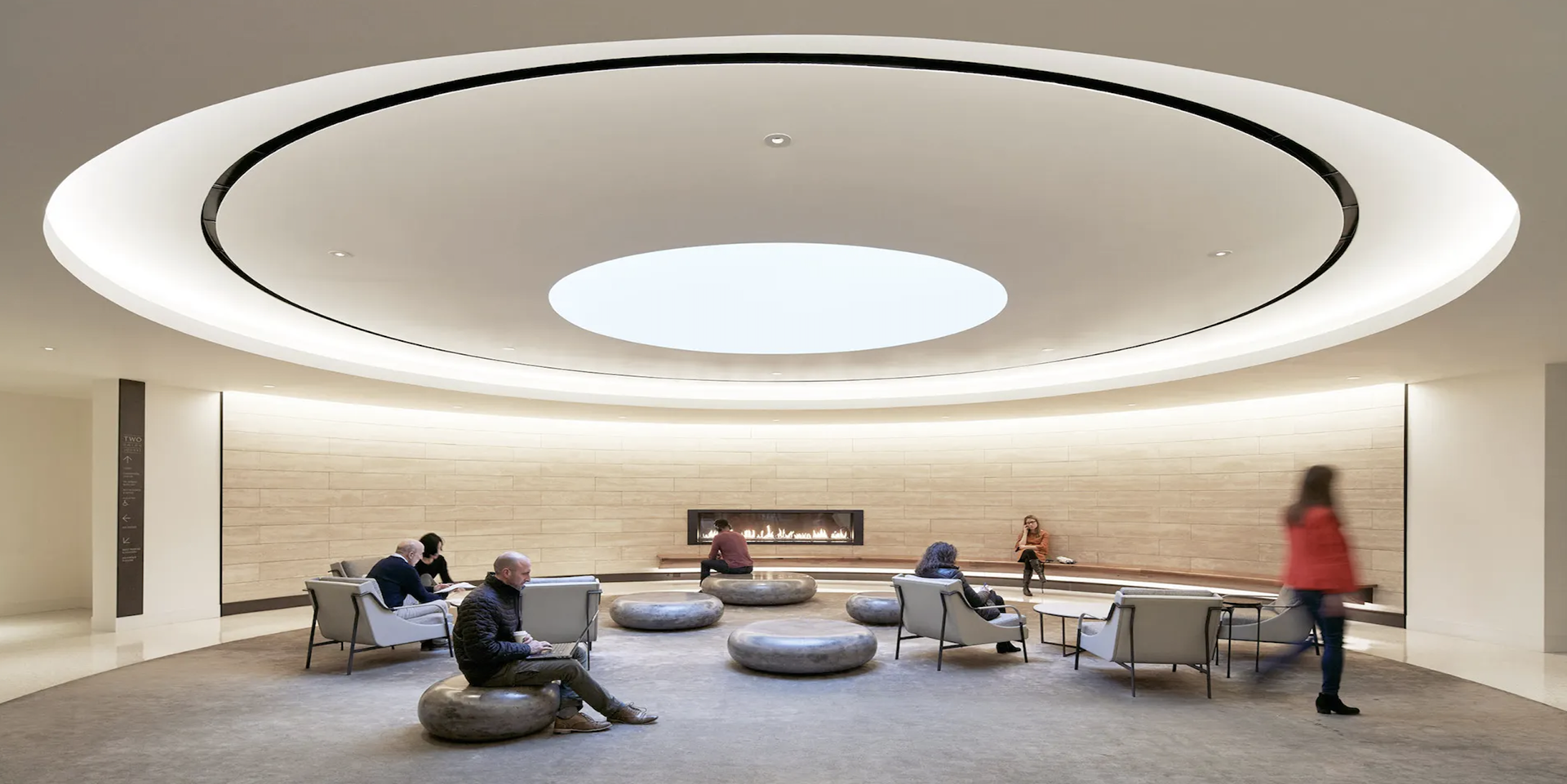


Technology has redefined the process of lighting design. The change is palpable on two fronts: the actual light sources themselves, and the tools with which designers create and develop their work. Every aspect of a lighting designer’s toolkit has been affected by the shift to digital technologies and digital light. While the advances offer new opportunities in design workflow and project execution, they also present their own challenges, such as added costs, increased client expectations, and the potential for inaccuracies to slip into computer models.
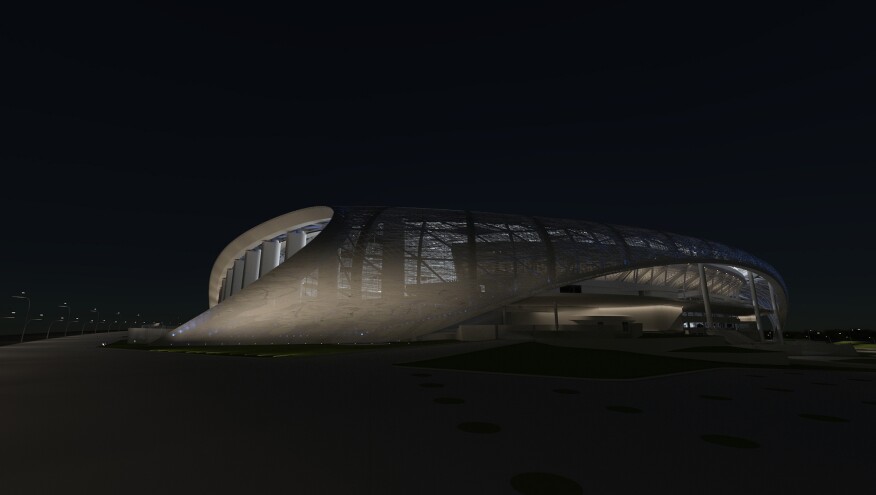

James R. Perry, principal, Lam Partners Architectural Lighting Design, Cambridge, Mass. Parametric modeling is not new to the design industry, especially in architecture. However, the rapid rise in our designers’ modeling skills and in the compatibility among modeling programs has drastically changed our internal workflow over the past three to four years. High-end renderings are no longer reserved for special projects; rather they have become part of our normal design process. In turn, we have found that as these capabilities grow, so do our clients’ expectations.
For a recent sports stadium and entertainment project, we found that the complexity of the building geometry along with the client’s demand for super-high-resolution renderings necessitated the expansion of our firm’s rendering platform. Lam’s Advanced Computing Team built and implemented a second high-density, high-memory graphics processing unit (GPU) array—a render farm—to run Nvidia’s Iray software. This system, which can process more data more quickly than our existing platform, uses multiple 16GB water-cooled, professional Nvidia GPUs and can deliver photometrically accurate renderings of entire scenes virtually in real time. With this new iterative rendering process, our designers can evaluate the initial effects of a lighting scheme without waiting for the entire model to run to completion, allowing them to change course as needed. Design is not a linear process, and the more avenues we can quickly explore and pursue with detail and accuracy, the greater the value we can bring to our clients.
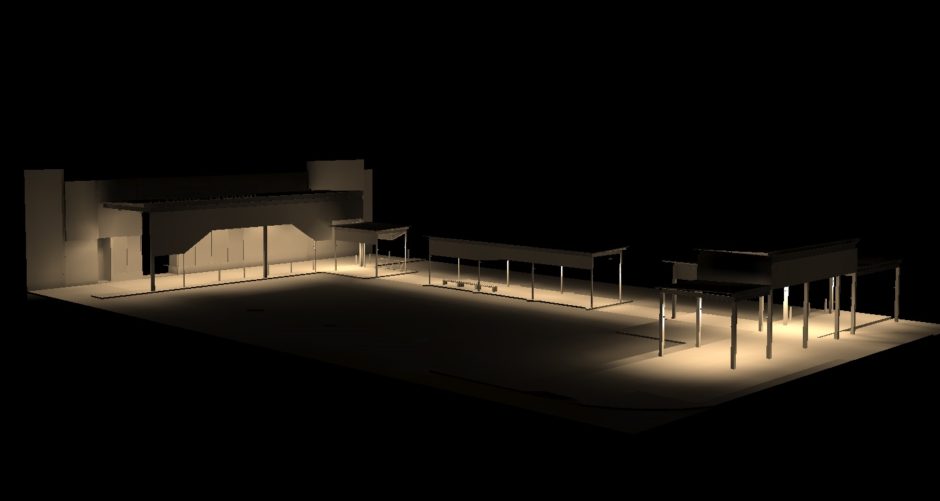
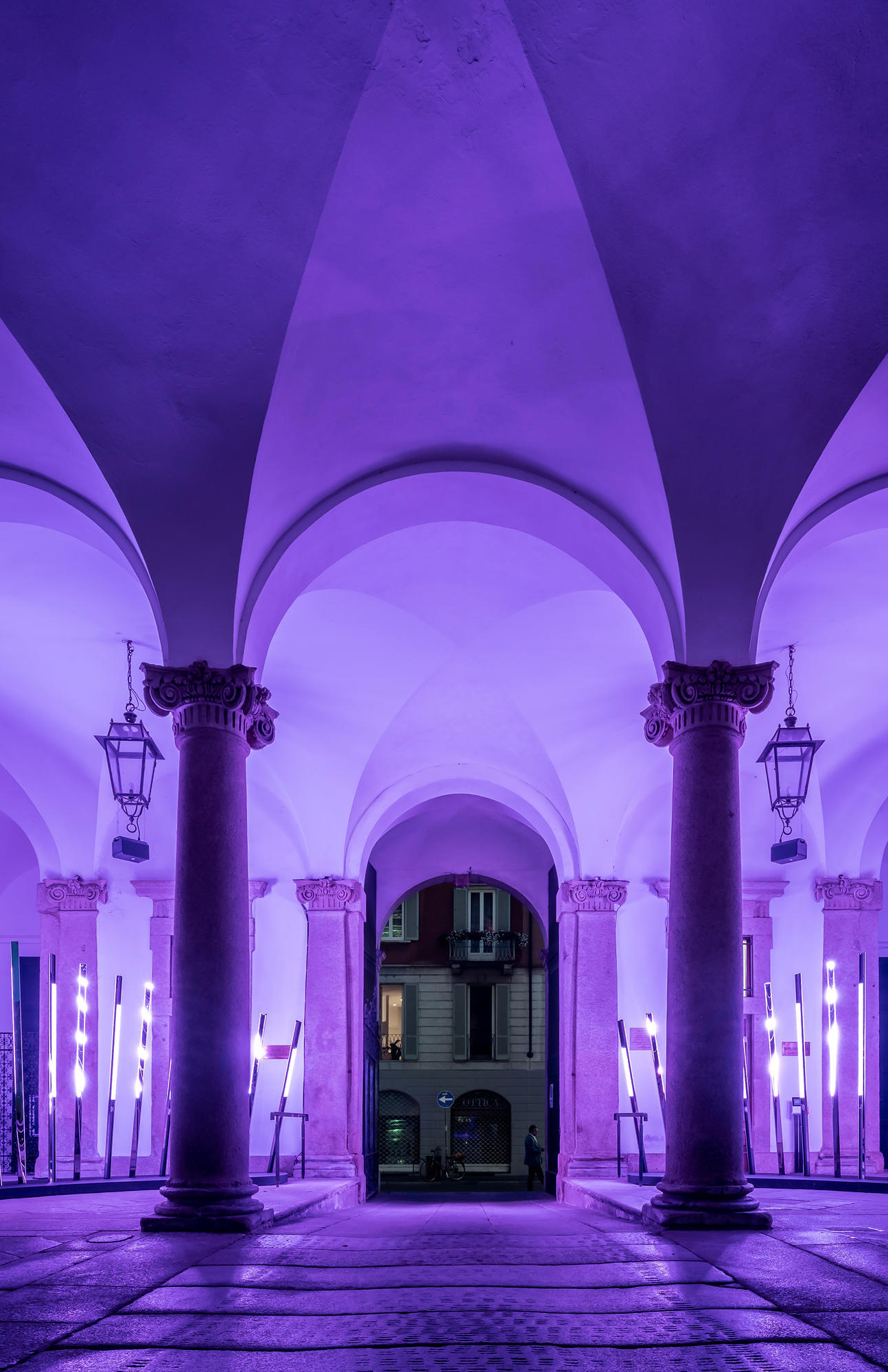
We have found some success in engaging people at two extremes of visual communication: hand-drawn sketches and immersive, interactive visualizations. Hand drawings are human, imperfect, impressionistic representations of an open-ended idea. Interactive digital images allow us to deliver “live lighting design” where, within fixed parameters, we can fine-tune ideas with the client’s input setting intensities in much the same way as we would do at the end of the real project, when we fine-tune light levels in a dialogue with the client.
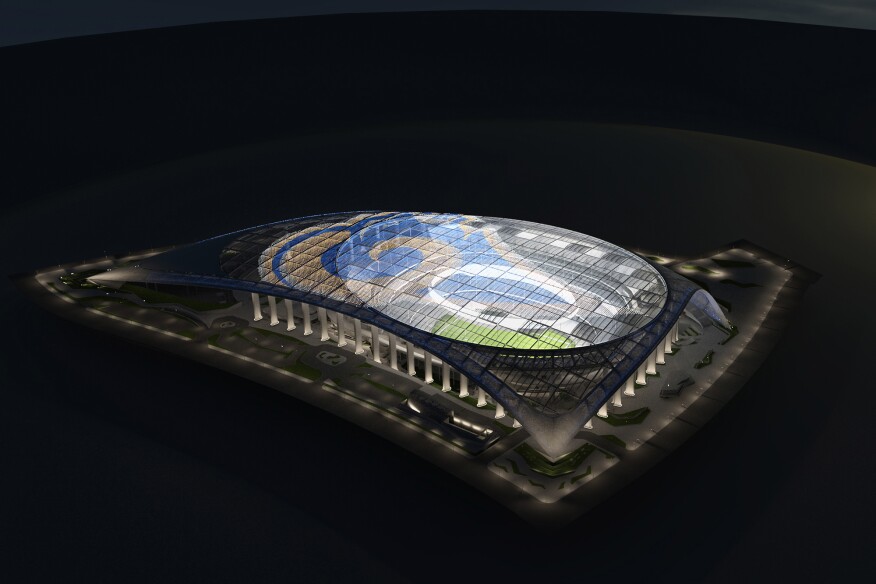
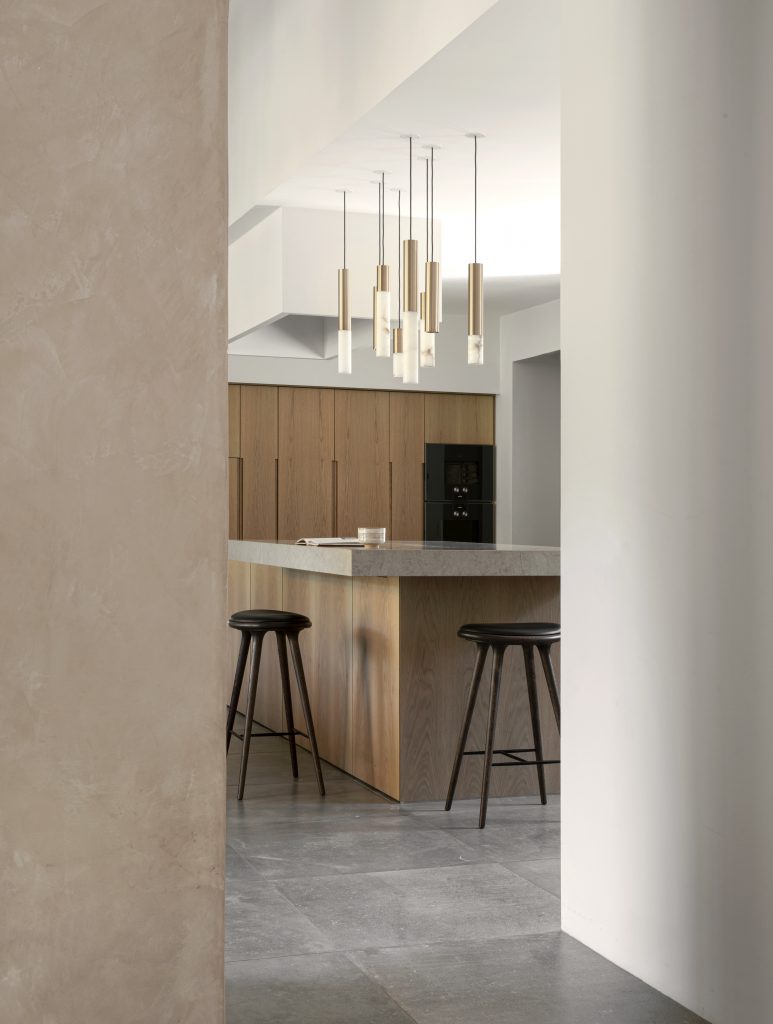
Transitioning our practice from Autodesk AutoCAD to Revit has presented challenges and opportunities. Project teams must now align earlier on the big-picture design vision, which affects key materials and opportunities for visual connections. If some design team members are not using Revit, this weak link slows down the process, nudging the design along in a traditional relay race of hand-off sequencing between disciplines. This inspires cries for "frozen plans," which isn’t realistic in a Revit work flow environment.
The ability to see realistic renderings and do virtual reality (VR) walk-throughs enables us to make design decisions much earlier in the process. An owner can react to a light fixture during design instead of after installation.


While lighting designers must be able to visualize in 3D to do their job effectively, being able to experience the environment you are illuminating in 3D and then emulate the lit effect can greatly help to explain the space, form, and materiality of projects you are working on to clients—especially in a world with increasingly complex building forms. While there is no replacement for visualizing things in your mind, new lighting tools are helping support that process. The one caveat is that designers and their clients must not lose sight of the fact that what you see on a screen or in a VR headset is not going to be exactly the way things look in reality. Light just has too many subtleties, nuances, and surprises for that to ever be the case, however sophisticated the emulation technology becomes.
The use of BIM and other modeling software also brings about the belief that it is possible for designers to work in parallel with each other at all times with the view to compressing project programs. There is also the expectation that, because it is easy and quick to change things, the design can continuously remain fluid until the last responsible moment, often in reaction to cost-driven decision-making, such as value engineering.
Over the past few years, our research and consulting practice at the University of Oregon ESBL has been grappling with questions of automation in lighting and daylighting control. We have the technology to dim, manipulate the color temperature, and in some cases spectrally tune electric lighting. We can also dim skylights and windows, deploy operable roller shades or louver blinds, and manipulate person-centric lighting, such as tasklights and computer displays, in an automated fashion.
The availability of these technologies requires that we ask ourselves the following questions during the design process: Do we want to design and install environmental control systems that predict our human visual preferences? If so, how do we balance visual preference with energy efficiency, and around which preferences do we optimize control parameters? Do we err on the side of low-tech, manual electric lighting and window controls, potentially sacrificing some human satisfaction or energy savings? Do we design hybrid systems that balance human visual or thermal comfort priorities while managing energy consumption?
The answers to these questions implicate a range of factors such as capital, operating and maintenance costs, user satisfaction and wellness, and energy code compliance. The increased availability and capability of these technologies have put more pressure on designers to articulate the benefits of their proposed solutions. In our work, we approach these questions with one eye toward practical applications and the other toward technology development to see if we can offer a targeted innovation that helps make the suite of visual control options more robust.
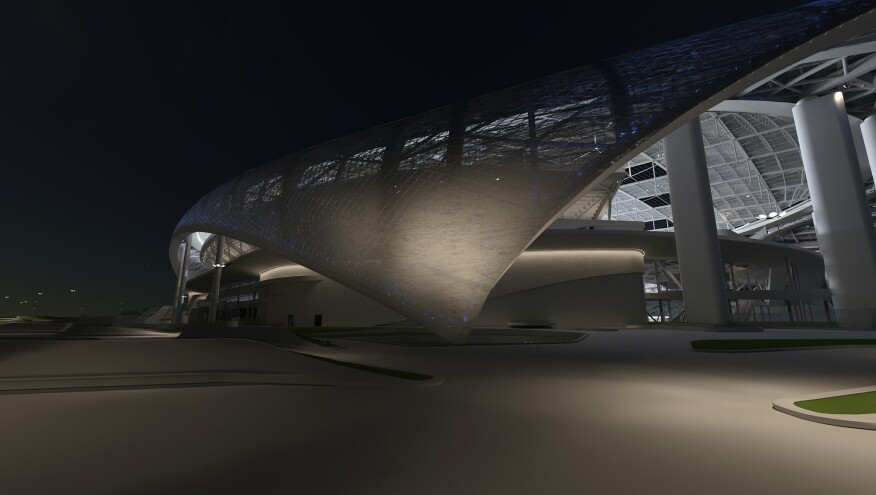
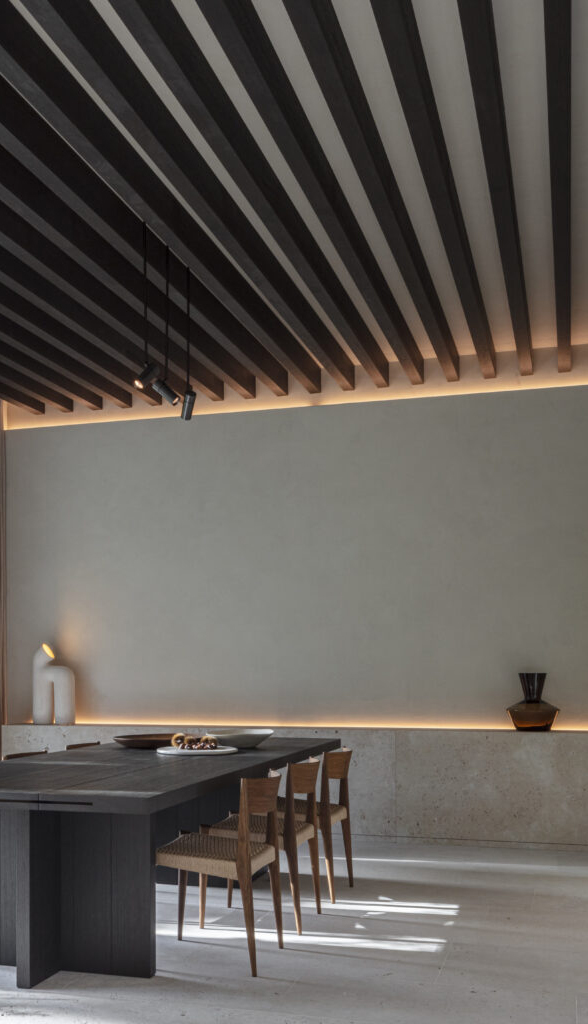
Ardra Zinkon, president and director of lighting design, Tec Studio, Columbus, Ohio In general, the paper trail has gotten smaller as everything can be done online and saved to the cloud for access anywhere, anytime. In design meetings, we sketch directly on large touchscreens or tablets and save versions of the marked-up PDF as we work through design discussions; it feels much more organic and collaborative. Cloud applications have made the largest difference during construction administration (CA); design team members can share work more fluidly.
As the most advanced visualization technologies quickly reach—or even begin at—a consumer level, their results become more greatly accepted. In a short period, we have advanced from providing more detailed and realistic lighting renderings to the ability to change VR demonstrations on the fly to reflect different material choices and lighting conditions.
Given the manner in which most project teams are assembled, with owners, users, architects, designers, and consultants spread across the country or globe, these tools also allow everyone to experience the project as its being developed. The benefit to showcasing a design prior to construction to an owner is obvious, but keeping the entire team abreast of the progress and key visual elements throughout the design phase should not be understated.
However, with the increased availability of the technologies, there is also a greater expectation that they are put to use regardless of project scope or scale. Client expectations are often elevated and sometimes complicated with technology-based tools. It is important to understand how to manage those expectations to the benefit of the project. As lighting designers, we may feel like the strengths and weakness of a given technology are understood by all involved, but it’s imperative that the client clearly understands the issues related to the various choices before moving ahead. Discussing and then fitting the right technology to the specific design challenges on a given project helps to alleviate potential confusion. While having many tools available to communicate a lighting design is always a benefit, we must be cognizant of selecting the most appropriate tools for a given task.
